Software Development Frameworks: Benefits, Types & How To Choose
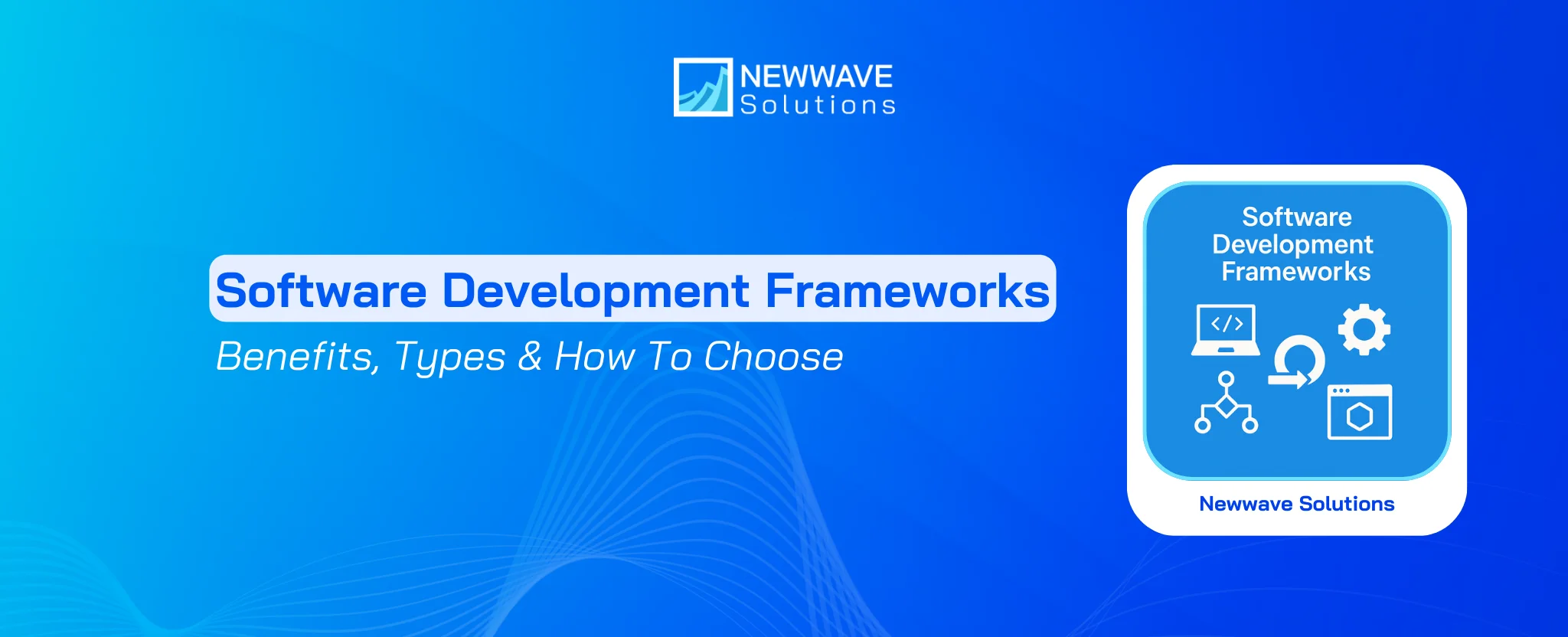
In this evolving business environment, it is imperative for businesses to create prominent online appearances, which is the best possible way to approach new, potential customers. However, writing them from scratch consumes a great deal of time and resources, which is where software development frameworks come in to assist businesses in their technological transformation projects.
To make it easy for you, we will give you a tutorial on what a software development framework is and a list of some of the most popular software development frameworks with their advantages and disadvantages to make software development hassle-free. No framework fits all projects, but understanding their characteristics will assist you in choosing the one that is suitable for your business. Let’s get started!
What is a Software Development Framework?
A software development framework is a collection of tools, libraries, and practices that establish a structured environment for building applications, allowing development teams to avoid starting entirely from scratch. Because these frameworks include pre-written code, reusable components, and standardized guidelines, they accelerate the coding process, enhance reliability, and promote consistency across projects.
By enforcing a common architecture and workflow, frameworks enable teams to maintain maintainability, scalability, and quality in modern software creation.
Example:
For example, Netflix uses a microservices-based framework and internal tooling to manage its vast streaming platform, leveraging scalable modules and shared libraries to speed up delivery and ensure reliability across global deployments.

Benefits of Software Development Frameworks
Software development frameworks are widely adopted in real-world enterprise and product scenarios and deliver numerous tangible benefits. Below are some of the most specific and practical advantages:
- Accelerated development cycles: Frameworks provide pre-built modules and standard workflows, which reduce repetitive work and enable teams to launch features faster.
- Improved security posture: Many frameworks include built-in security features such as authentication, encryption, or CSRF protection, thus reducing vulnerability exposure and helping satisfy compliance requirements.
- Consistent code structure across teams: A framework enforces coding standards and architectural patterns, which makes it easier for new team members to onboard and for large teams to maintain a unified codebase.
- Simplified maintenance and updates: Because components are modular and follow guidelines, developers can more easily refactor or extend functionality, which lowers ongoing maintenance cost and risk.
- Reliable community support and ecosystem: Popular frameworks often come with strong communities, plugins, and third-party modules, which help teams find solutions faster and leverage best practices.
Types of Software Development Frameworks
Successful software development requires a grasp of the frameworks available. Each framework caters to distinct requirements and offers specialized features for various development needs. Here are the different types of software development frameworks that play a critical role:
1. Frontend Frameworks
Frontend frameworks focus on the user interface and client-side interactions within web applications, providing components, widgets, and tools for building responsive, interactive interfaces. Examples include React, Angular, and Vue.js, which enable developers to build single-page applications, manage state, and deliver dynamic UI experiences.

2. Backend Frameworks
Backend frameworks handle server-side logic, database integration, API endpoints, and application security, which form the core of business-critical functionality in software systems. Popular frameworks such as Django (Python), Spring (Java), and Node.js-based frameworks provide structured layers for data management, authentication, and service orchestration.

3. Full-Stack Frameworks
Full-stack frameworks offer a unified environment covering both frontend and backend development, enabling teams to manage the full software development life cycle of an application within a consistent stack. These frameworks facilitate seamless interaction between UI, business logic, and data storage, often simplifying development for startups or integrated product teams.

4. Mobile App Frameworks
Mobile app frameworks support development across iOS, Android, and sometimes cross-platform environments, providing reusable components, UI kits, and performance optimizations for mobile-first experiences. Frameworks like Flutter, React Native, or Xamarin allow businesses to deliver native-like mobile applications while leveraging shared code bases and rapid iteration.
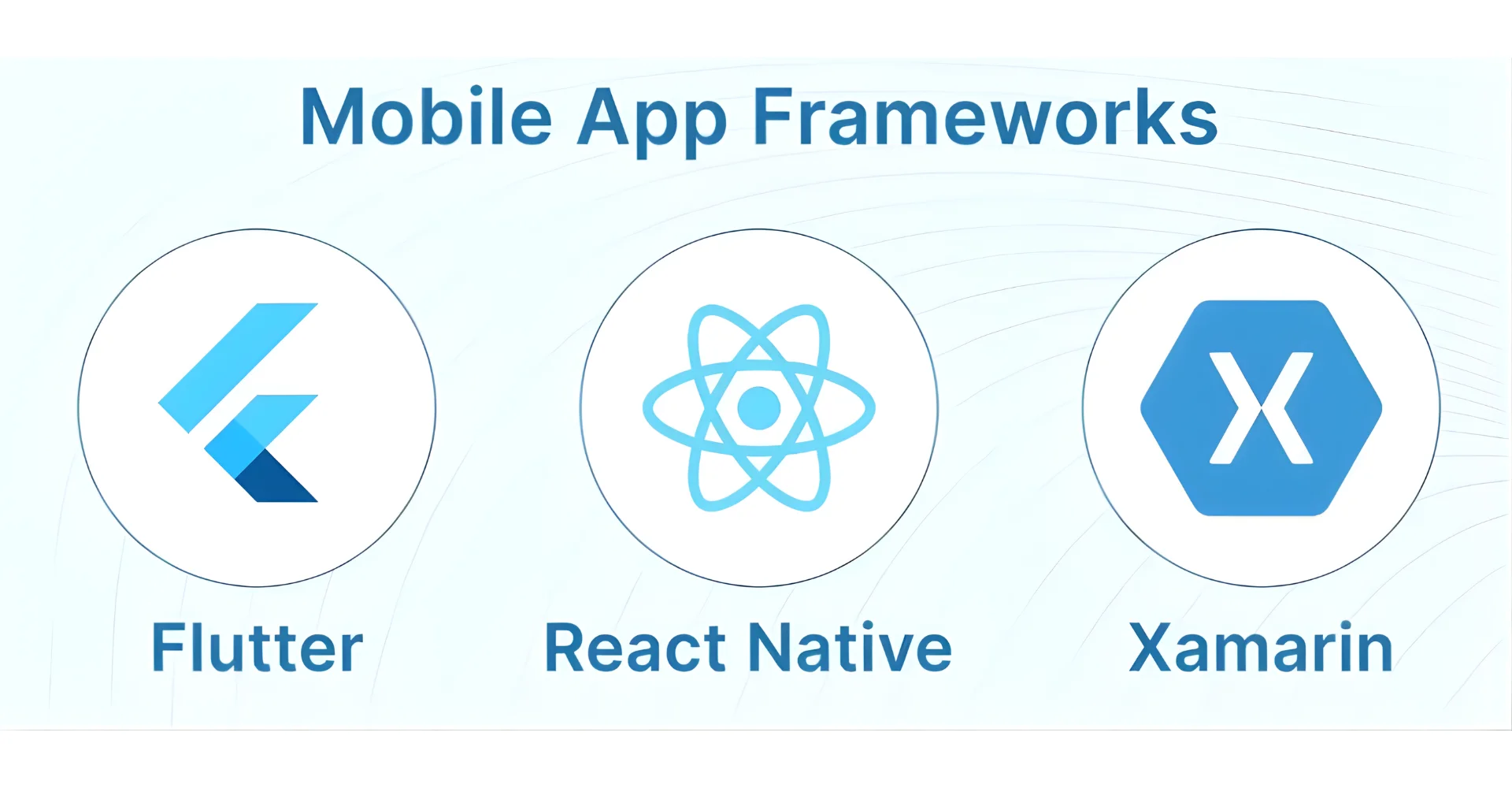
5. Data Science and Machine Learning Frameworks
Data science and machine learning frameworks provide specialised libraries, algorithms, model-training tools, and pipelines that are increasingly integral to modern application development. These frameworks empower enterprises to embed AI/ML capabilities, perform complex analytics, and automate decision-making within software products.
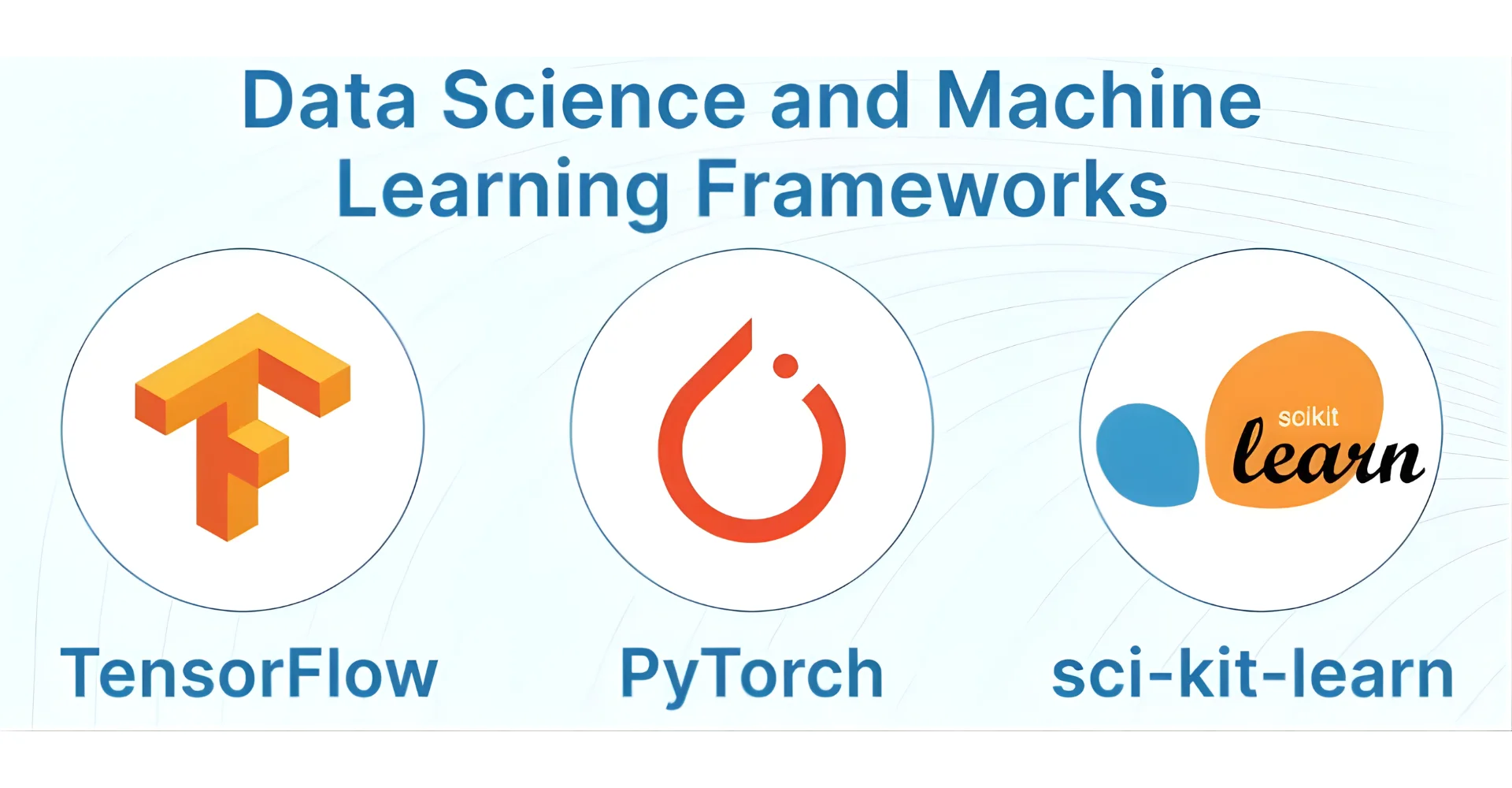
Top 6 Popular Software Development Frameworks Nowadays
After exploring the main types of software development frameworks, now we will dig into the most common ones that many developers and IT experts are utilizing:
1. React.js
React.js is not a full-fledged framework but an open-source JavaScript library for writing the JS interface with all essential features of the best web frameworks, such as a fully component-based architecture, SEO-friendly, easy to break down, and build complex UI’s that can render large datasets. React.js allows fast code rendering by speedily interpreting HTML-based code into page layout, which improves the dynamics and responsiveness of web and applications, especially when the code is changed, the interface is automatically updated.
React.js supports multiple programming languages and allows the integration of multiple new features into existing code, which is convenient for hybrid mobile development (both iOS and Android). With regard to web pages, React.js allows the optimization of multiple keywords on pages by having a set of instruments for indexation bots to recognize the content and keywords. But it is not perfect; React.js has a high number of dependencies that make it hard to navigate and consume a lot of space. Therefore, development must install additional components and code collections to increase the efficiency of the system.
2. Angular
Angular is one of the most popular JavaScript-based web frameworks that is supported by Google. Angular supports MVC architecture, data processing & management, and built-in modules. This open-source framework is available for free and allows developers to upload tools and plugins to the framework. It also supports multiple platforms, including Chrome, Firefox, Edge, Android, and iOS.
Angular developers use HTML to enhance user interfaces, and it is perfect for managing complex functions through breaking functionality into modules. It also creates a rich Internet application experience and delivers desktop functionality on the browser. However, using HTML-centered development in Angular makes it hard for developers who write code from a controller perspective. Also, developers report bugs on mobile versions using Angular.

3. Vue.js
Vue.js is a front-end framework used to increase the speed, flexibility, and interactive interfaces of websites and applications. The core functionality of Vue.js is developed based on data-reactive tools that can be improved by integration with libraries, add-ons, and APIs of other projects. Vue.js has single-file components, a CLI project generator with an intuitive wizard, and plenty of plugins that enhance codebase readability, functionality, and scalability.
Another advantage of using Vue.js is well-organized and clear docs, which few other frameworks can live up to this standard. The disadvantages that render the popularity of Vue.js are that it is difficult to learn and has a small community. With few resources, it is a big downside for popular applications.
4. Node.js
Node.js is a JavaScript framework built on the V8 engine that can be used both for front-end and back-end development. This open-source framework can run on Linux, Mac OS, and Windows etc. The main advantage of this framework is its ability to use the same programming languages to develop the entire system, which enhances performance. This is because Node.js development proceeds with a just-in-time compiler that compiles bytecode to machine code.
However, Node.js has weaknesses in CPU-intensive performance and long development time. With a single-threaded language, it is unable to handle CPU-intensive tasks. Besides, using a single programming language for the backend and then tweaking it to fit the backend process often causes messy and redundant work, which lengthens the time of coding.
5. Ruby on Rails
Ruby on Rails is one of the dynamic back-end types of software development frameworks, perfect for high-speed applications, eCommerce projects, and MVP development solutions, etc., as it consists of everything needed to form a database-driven application. Airbnb, Shopify, and Hulu are websites using the Ruby on Rails framework. The main advantage of this framework is time efficiency, having an abundance of tools, libraries, and resources due to a huge active community. However, it lacks flexibility and evolvement. Besides, the boot time of the framework is rather long when dealing with massive projects, which impacts the performance time.

6. Django
Django is one of the most reliable backend types of software development frameworks with Convention over Configuration and DRY pattern, which increase the security, speed, scalability, and versatility features of web applications. This framework is perfect for projects that require tight deadlines and challenging requirements. Pinterest, YouTube, Spotify, and Instagram are companies that use Django.
The reasons why you should choose Django are the ability to build and scale up projects incredibly quickly, having one of the best sets of documentation among the open-source frameworks, and the ability to handle complicated tasks ranging from content management, machine learning to complicated data analysis. The reason you should not choose Django is that it has complicated features that are not good for small-scale projects, and its lack of conventions might lead to slower progress at times.
How to Choose an Appropriate Software Development Framework?
Choosing the right development framework is crucial for the success of any software project. This decision impacts the efficiency, scalability, and maintainability of the application. Making an informed choice among the various software development frameworks is key to project success.
Here are the top factors that one needs to assess before choosing a software development framework:
- Project Requirements Fit: Assess how well the framework aligns with your application’s functionality, complexity, and architectural needs — this ensures you don’t pick a tool that forces awkward compromises.
- Team Expertise & Learning Curve: Evaluate whether your development team has skills and experience in the framework, and consider training time if the framework is unfamiliar — this ensures smoother adoption and avoids delays.
- Ecosystem & Community Support: Check the size of the framework’s developer community, availability of libraries/plugins, and regular maintenance updates — this ensures long-term viability and rapid problem resolution.
- Performance, Scalability & Security: Review benchmark results, how the framework handles growth, concurrency, and built-in security features — this ensures it can meet enterprise demands and compliance requirements.
- Documentation & Long-Term Sustainability: Ensure the framework has strong documentation, clear versioning policies, and a roadmap for future support — this reduces the risk of being locked into obsolete technology.
Final thoughts
The decision of which software development frameworks to use depends on various factors such as the competence of the developers, the resources of the business, and their requirements in terms of speed, security, scalability, etc. A set of criteria and priorities should be written down to analyze the appropriateness of each framework.
If you are facing difficulty in selecting or implementing the right framework for your organisation’s software project, Newwave Solutions can assist. With over 14 years of experience delivering high-quality software development services and outsourcing across sectors, we specialise in guiding businesses to apply the most suitable frameworks efficiently and effectively. Contact us today to leverage our expertise and ensure your chosen framework drives real business value.
Contact Information:
- Head Office (Hanoi): 1F, 4F, 10F, Mitec Building, Cau Giay Ward, Hanoi City, Vietnam Branch Office (Tokyo): 1chōme118 Yushima, Bunkyo City, Tokyo 1130034, Japan
- Hotline: +84 985310203
- Website: https://newwavesolution.com
- Email: [email protected]
To Quang Duy is the CEO of Newwave Solutions, a leading Vietnamese software company. He is recognized as a standout technology consultant. Connect with him on LinkedIn and Twitter.

Glad to be one of many visitors on this amazing website : D.
Read More Guides
Get stories in your inbox twice a month.
Let’s Connect
Let us know what you need, and out professionals will collaborate with you to find a solution that enables growth.

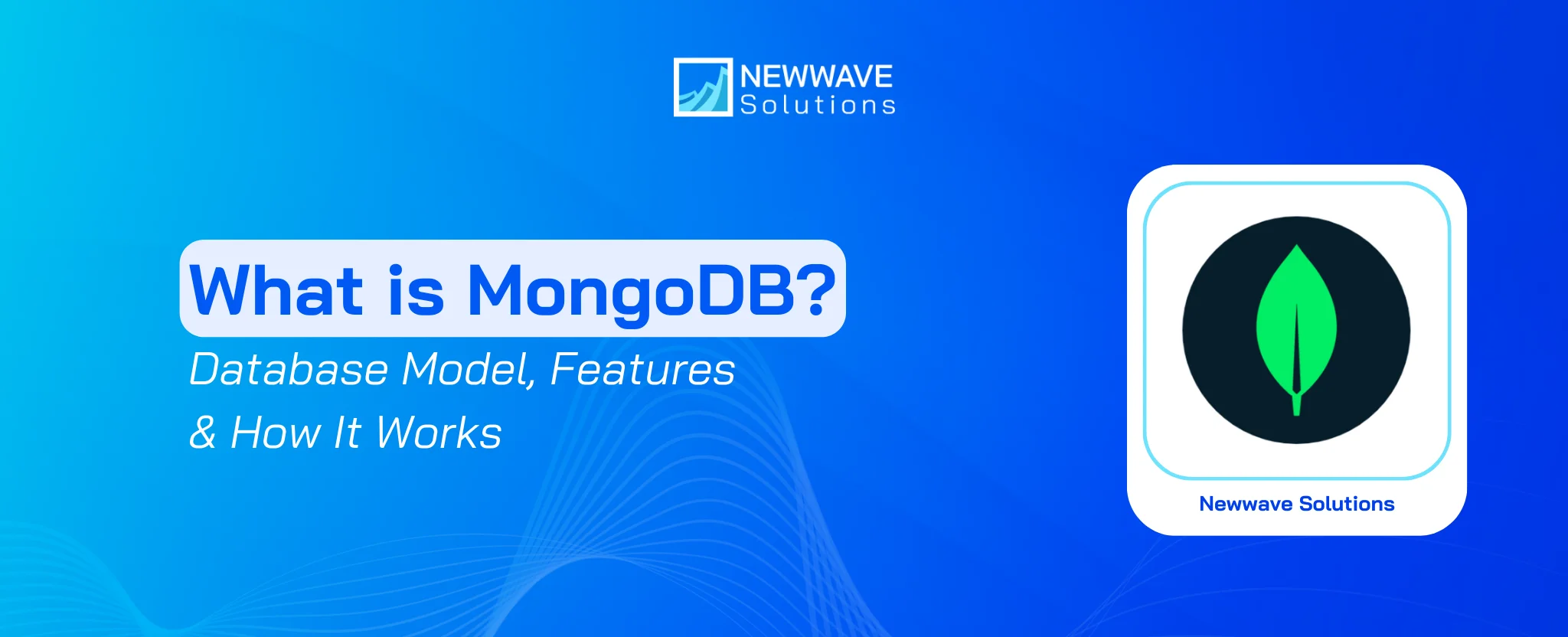

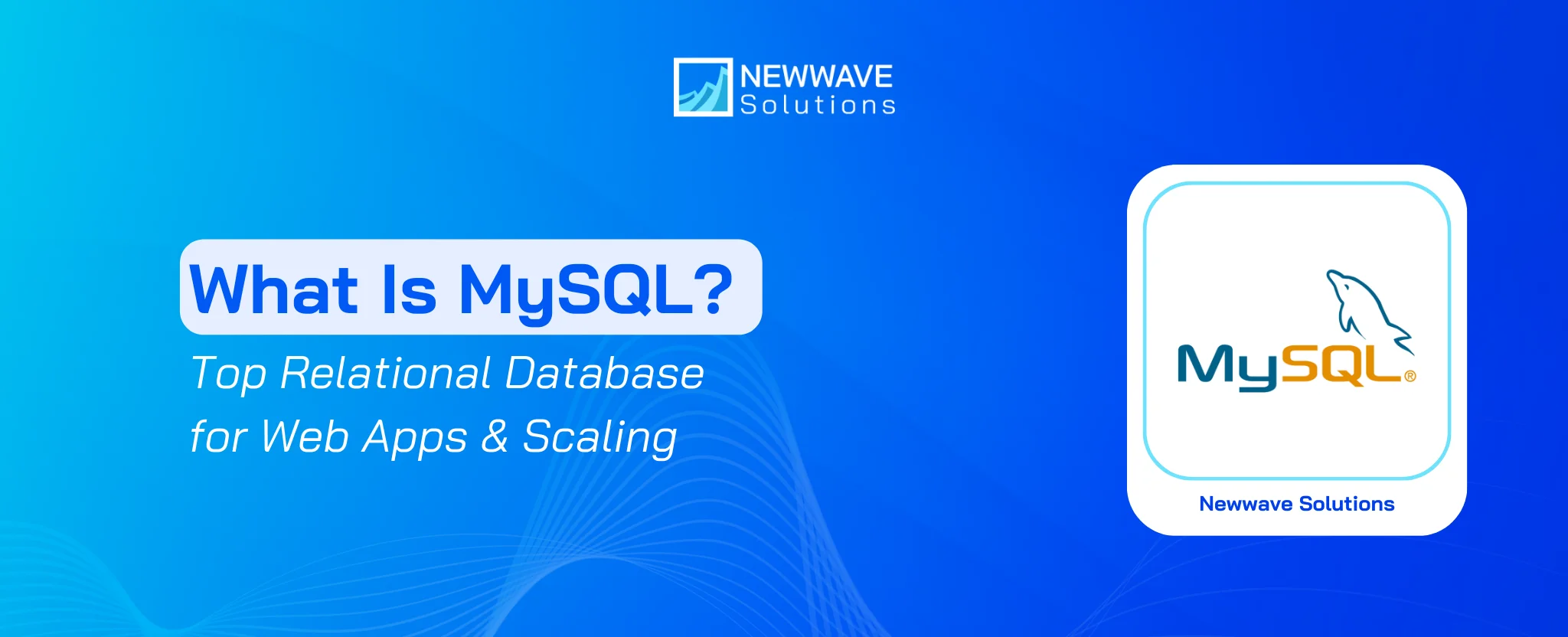
Leave a Reply